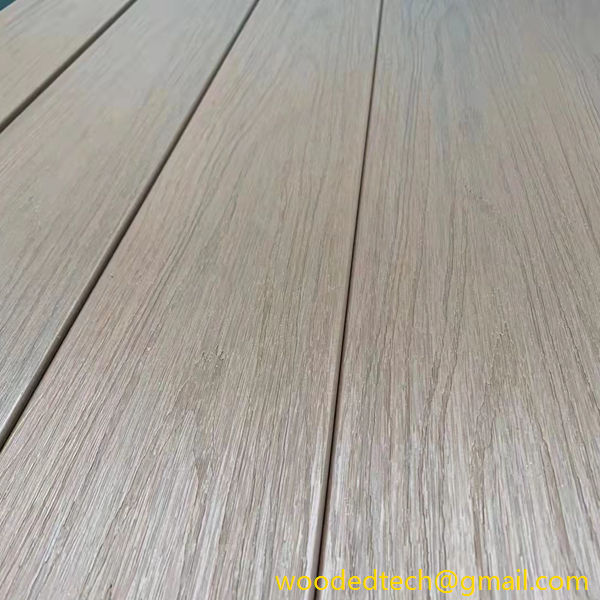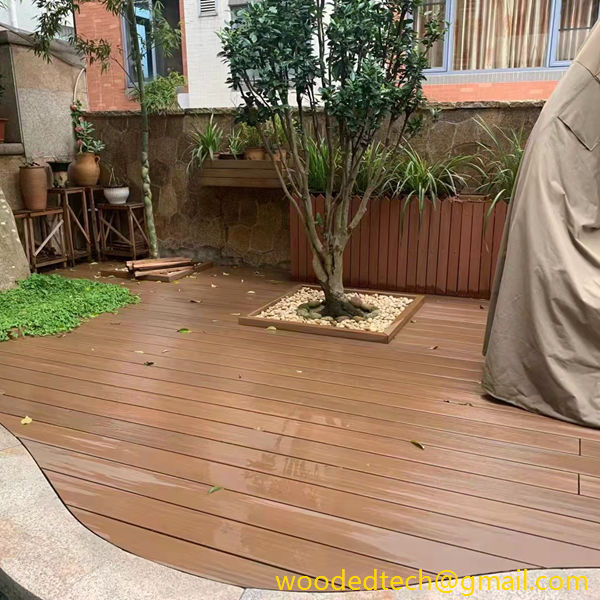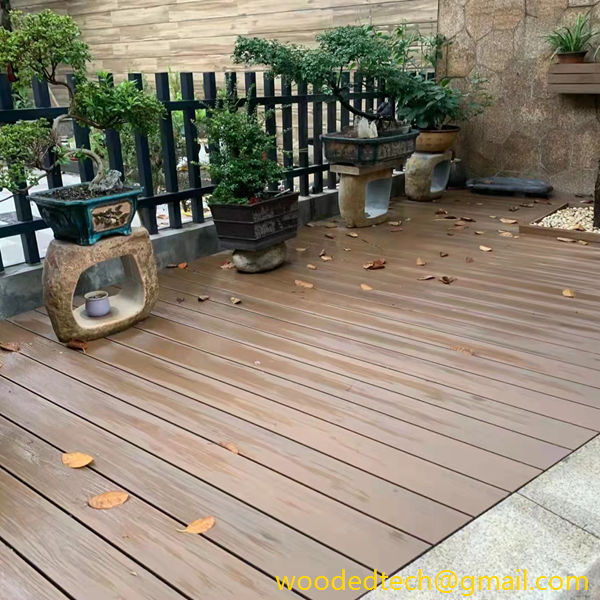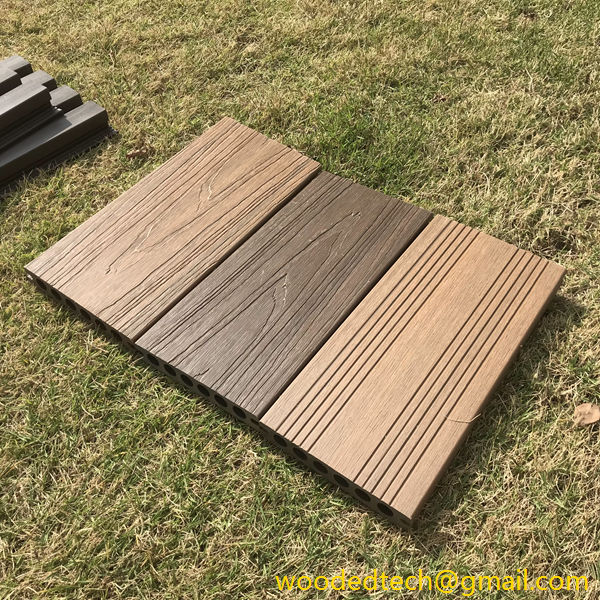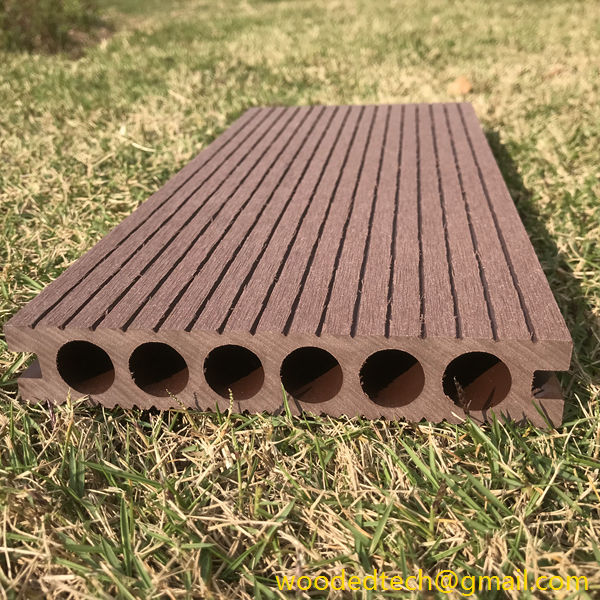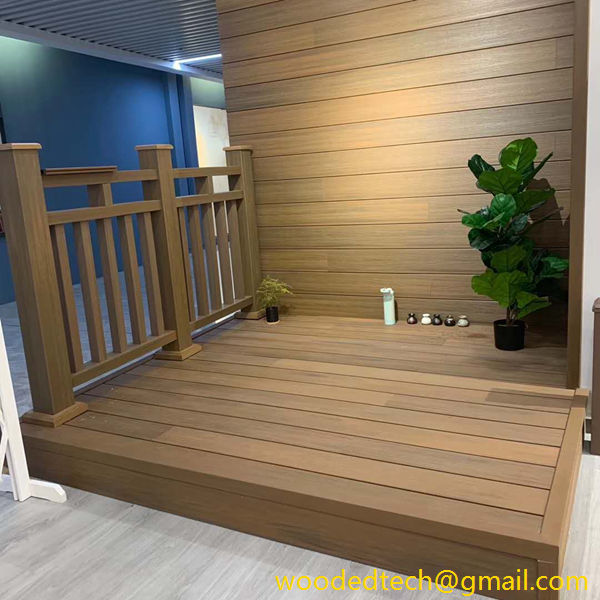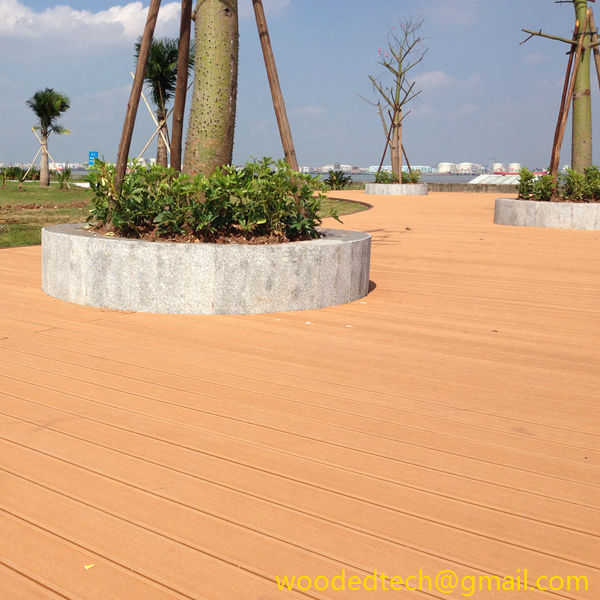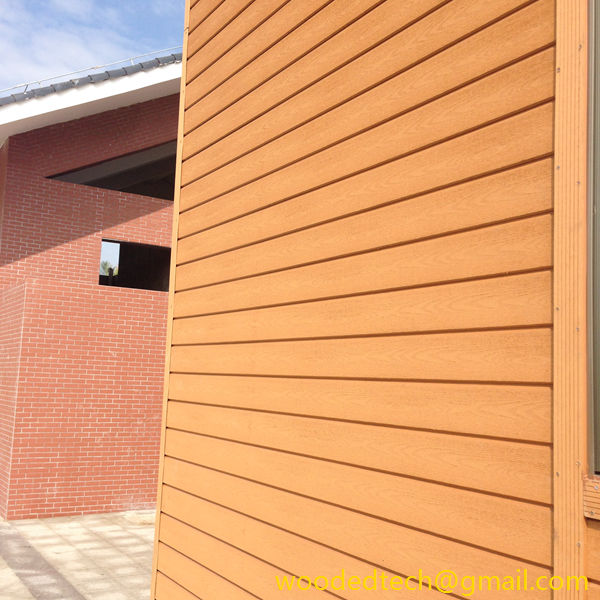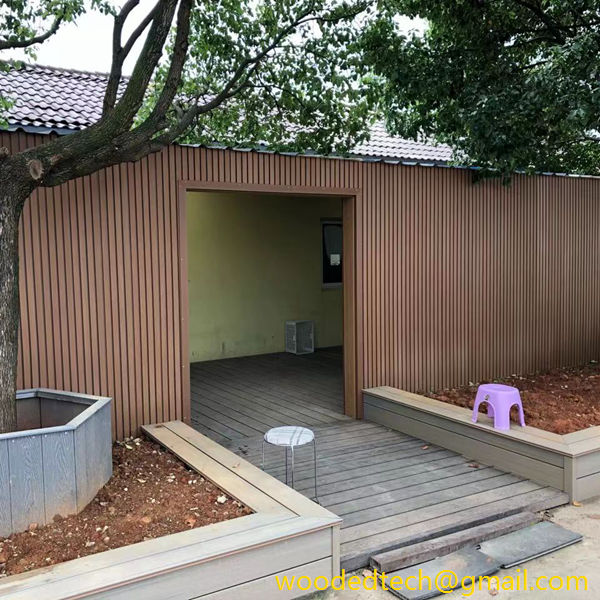Comprehensive WPC Decking Review to Help You Make Informed Choices
Comprehensive WPC Decking Review to Help You Make Informed Choices When it comes to outdoor living spaces, decking plays a crucial role in enhancing aesthetics, functionality, and overall enjoyment. Among the various decking materials available today, Wood Plastic Composite (WPC) decking has gained considerable popularity due to its unique blend of durability and low maintenance….
Comprehensive WPC Decking Review to Help You Make Informed Choices
When it comes to outdoor living spaces, decking plays a crucial role in enhancing aesthetics, functionality, and overall enjoyment. Among the various decking materials available today, Wood Plastic Composite (WPC) decking has gained considerable popularity due to its unique blend of durability and low maintenance. In this comprehensive review, we will explore the features, advantages, disadvantages, and considerations surrounding WPC decking, ultimately aiding you in making an informed choice for your outdoor project.
WPC decking is an engineered material made from a combination of wood fibers and recycled plastic. This innovative blend provides a solution that aims to deliver the best of both worlds: the natural beauty of wood and the resilience of plastic. The manufacturing process often involves extrusion or compression molding, resulting in planks that can resemble traditional wood while possessing superior performance characteristics.
One of the primary advantages of WPC decking is its exceptional durability. Unlike traditional wood decking, which is prone to rot, splintering, and insect damage, WPC decking is designed to withstand harsh environmental conditions. This durability translates into a longer lifespan, making it a financially sound investment for homeowners seeking a long-lasting outdoor solution. Many manufacturers offer warranties of 15 to 30 years, providing peace of mind regarding the longevity of the product.
Another significant benefit of WPC decking is its low maintenance requirements. Traditional wood decking necessitates regular staining, sealing, and cleaning to maintain its appearance and structural integrity. In contrast, WPC decking requires minimal upkeep. Typically, a simple wash with soap and water is sufficient to keep it looking fresh. This ease of maintenance allows homeowners to spend more time enjoying their outdoor spaces rather than working on them.
Aesthetically, WPC decking has come a long way in terms of design options. Available in a wide range of colors, textures, and finishes, WPC decking can complement any architectural style or landscape. Some products even feature realistic wood grain patterns, providing the visual appeal of natural wood without the associated drawbacks. This versatility makes it an attractive choice for homeowners looking to create a personalized outdoor environment.
Moreover, WPC decking is an eco-friendly option. The use of recycled materials in its production contributes to sustainability efforts by reducing waste. Homeowners who are environmentally conscious can take comfort in knowing that choosing WPC decking is a step toward minimizing their ecological footprint. Additionally, some manufacturers are committed to sustainable sourcing practices and responsible forestry, further enhancing the environmental benefits of this material.
However, while WPC decking presents numerous advantages, it is essential to consider its limitations as well. One potential drawback is its initial cost. WPC decking can be more expensive than traditional wood options, which may deter some homeowners on a tight budget. However, it is vital to weigh this initial investment against the long-term savings associated with reduced maintenance and replacement costs. In many cases, the lower lifetime costs make WPC decking a more economical choice over time.
Temperature sensitivity is another consideration when it comes to WPC decking. While the material is designed to withstand the elements, it can become hot under direct sunlight. This can be a concern for homeowners living in warmer climates or those who wish to walk barefoot on their decks during the summer months. Some manufacturers address this issue by offering lighter-colored options that reflect heat, helping to mitigate the temperature concern.
Additionally, while WPC decking is resistant to moisture and insects, it is not entirely impervious to damage. Heavy furniture, sharp objects, or excessive weight can lead to scratches or dents. Homeowners should take care when choosing furniture and arranging their outdoor spaces to minimize the risk of damage. Regular inspections can also help identify any potential issues early on.
When selecting WPC decking, it is crucial to consider the reputation and reliability of the manufacturer. Researching various brands and reading customer reviews can provide valuable insight into the quality and performance of the product. Additionally, examine the warranty offered by the manufacturer, as a longer warranty period often indicates greater confidence in the product’s durability.
In conclusion, WPC decking presents a wealth of advantages for homeowners seeking a durable, low-maintenance, and aesthetically pleasing outdoor solution. Its unique composition of wood fibers and plastic offers the best of both worlds, providing a material that can withstand the test of time while requiring minimal upkeep. As with any investment, it is essential to weigh the benefits against the potential drawbacks, including initial costs and temperature sensitivity. By conducting thorough research and considering the reputation of manufacturers, you can make an informed choice that enhances your outdoor living space for years to come. Whether you prioritize aesthetics, sustainability, or durability, WPC decking is a worthy contender in the realm of decking materials.

